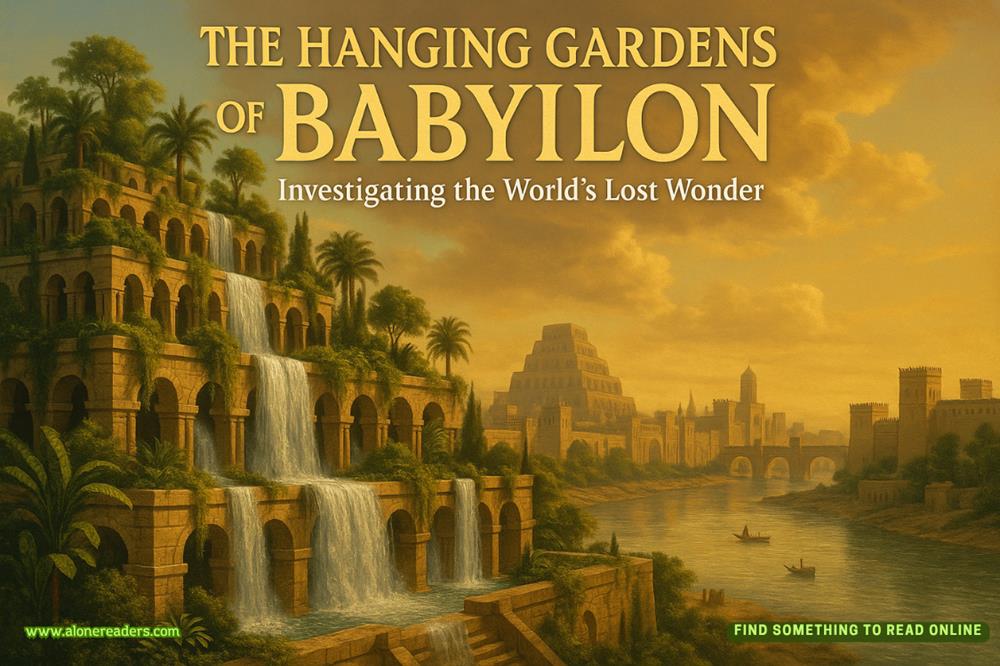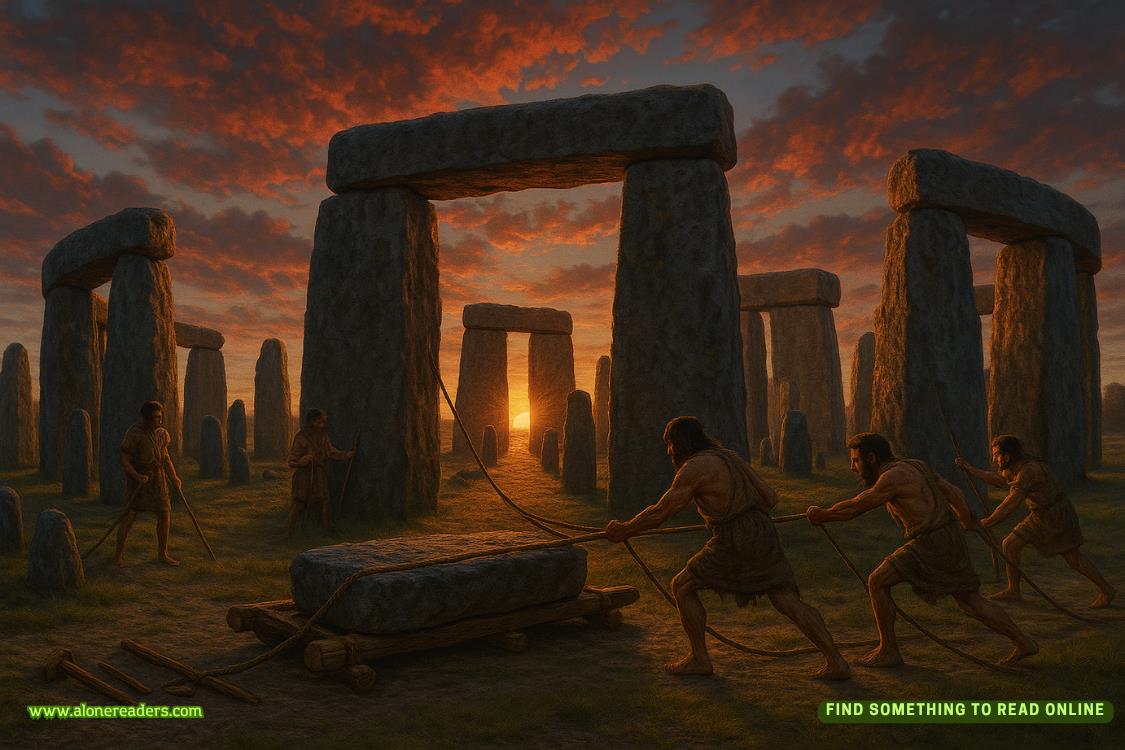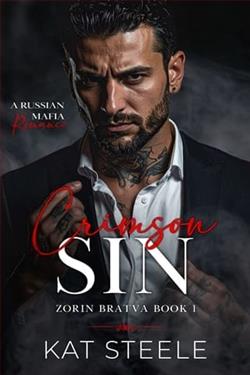Page 7 of Seeing Red
his desk, he opened the lap drawer in the hope of discovering a forgotten bottle of analgesics.
That damned photograph was there in plain sight where he couldn’t miss it.
But whether looking at it, or acknowledging it in any manner, or even denying its existence, he was never truly free of it. He had lied to Kerra Bailey. His life was never the same after that photograph went global twenty-five years ago.
Trapper plopped down into his desk chair and looked at the cursed thing. His head hurt, his eyes were scratchy, his throat and mouth were still parched. But even realizing that it was masochistic, he reached across the desk and slid the photo closer to him.
Everyone in the entire world had seen it at least once over the past quarter century. Among prize-winning, defining-moment editorial photographs, it ranked right up there with the raising of the flag on Iwo Jima, the sailor kissing the nurse in Times Square on V-E Day, the naked Vietnamese girl running from napalm, the twin towers of the World Trade Center aflame and crumbling.
But before 9/11, there was the Pegasus Hotel bombing in downtown Dallas. It had rocked a city still trying to live down the Kennedy assassination, had destroyed a landmark building, had snuffed out the lives of 197 people. Half that number had been critically injured.
Major Franklin Trapper had led a handful of struggling survivors out of the smoldering rubble to safety.
A photographer who worked for one of Dallas’s newspapers had been eating a Danish at his desk in the city room when the first bombs detonated. The blast deafened him. The concussion shook his building and created cracks in the aggregate floor beneath his desk. Windows shattered.
But like an old fire horse, he was conditioned to run toward a disaster. He snatched up his camera, bolted down three flights of fire stairs, and, upon exiting the newspaper building, dashed toward the source of the black plume of smoke that had already engulfed the skyline.
He reached the scene of terror and chaos ahead of emergency responders and began snapping pictures, including the one that became iconic: Franklin Trapper, recently retired from the U.S. Army, emerging from the smoking building leading a pathetic group of dazed, scorched, bleeding, choking people, one child cradled in his arms, a woman holding onto his coattail, a man whose tibia had a compound fracture using him as a crutch.
The photographer, now deceased, had won a Pulitzer for his picture. The act of heroism he had captured on film immediately earned him and the photo immortality.
And, as Trapper well knew, immortality lasted for fucking ever.
The story behind the photograph and the people in it wouldn’t come to light until later, when those who were hospitalized were able to relate their individual accounts.
Though, by the time the tales were told, the Trappers’ front yard in suburban Dallas had become an encampment for media. The Major—as he came to be known—had been ordained a national symbol of bravery and self-sacrifice. For years following that day in 1992, he was a sought-after public speaker. He was given every honor and award there was to be bestowed, and many were initiated and named for him. He was invited to the White House by every subsequent administration. At state dinners he was introduced to visiting foreign dignitaries who paid homage to his courage.
Over time, new disasters produced new heroes. The fireman carrying the toddler from the Oklahoma City bombing overshadowed The Major’s celebrity for a time, but soon he was back on TV talk show guest lists and the after-dinner speaker’s circuit. September eleventh gave him a new slant to address: his random act of heroism compared to those performed every day by unsung heroes. For more than two decades he kept his story timely and relevant.
Then three years ago, he stopped cold turkey.
He now lived very privately, avoiding the limelight and refusing requests for public appearances and interviews.
But his legend lived on. Which was why journalists, biographers, and movie producers emerged now and again, seeking time with him to make their particular pitch. He never granted them that time.
Until today none had ever sought out Trapper’s help to gain access to his famous father.
Kerra Bailey’s audacity was galling enough. But damn her for snagging his interest with that remark about the magnifying glass. What could he possibly see in that photograph that he hadn’t seen ten thousand times?
He longed for a hot shower, an aspirin, his bed and soft pillow.
“Screw it.” He opened his desk’s lap drawer and, instead of reaching for the bottle of Bayer, searched all the way to the back of it and came up with the long-forgotten magnifying glass.
Four hours later, he was still in his desk chair, still reeking, head still aching, eyes still scratchy. But everything else had changed.
He set down the magnifier, pushed the fingers of both hands up through his hair, and held his head between his palms. “Son of a bitch.”
Chapter 2
It’s called Gringos, so you should fit right in.”
John Trapper’s remark had been snide, but after the terse phone call when he’d given Kerra a place and time to meet him, she dressed down, replacing the pantsuit she’d worn earlier to his office with a pair of jeans and a plaid wool poncho.
She hoped he would at least shower.
She arrived at the restaurant early, put her name on the wait list for a table, and claimed a stool at the bar where she had a view of the entrance. She hoped for an opportunity to observe him before he became aware of it.
But the instant he walked in, he homed in on her as though by radar with eyes that belonged in a spectrum of blue all their own. Electric. Like neon light. And when he looked at her, antagonism radiated from them.















